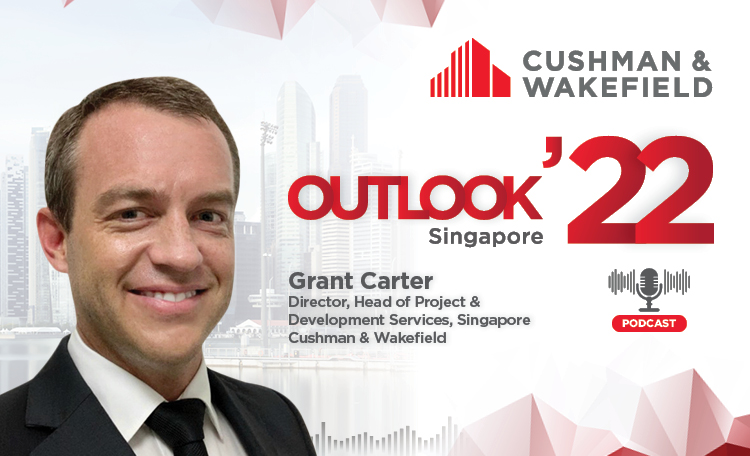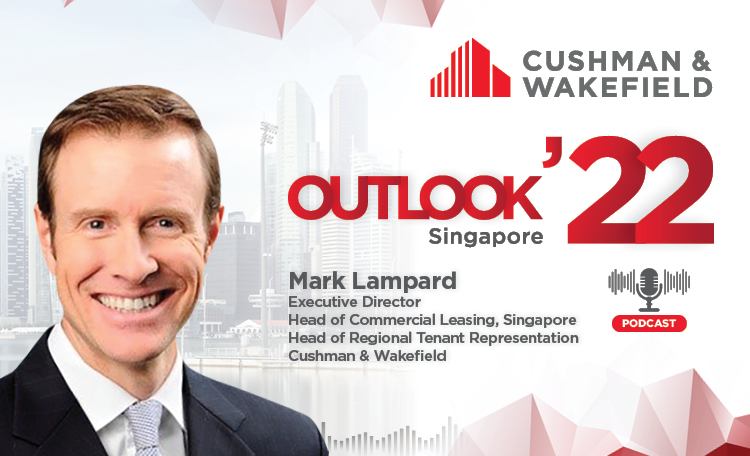The overall industrial market remains resilient, with industrial rents and prices recording sustained moderate growth and tightening vacancy rates. Encouraging macroeconomic trends are emerging, including recovering manufacturing sentiments (Singapore’s purchasing manager index (PMI) reached 50.1 in Sept 2025, signaling marginal expansion), declining interest rates and easing inflationary pressures. Amidst moderate industrial rental growth, most industrial properties could still see positive rental reversions as their leases come up for renewal given the robust industrial rental growth in recent years.
Overall industrial rents rose by 0.5% qoq in Q3 2025, marking the 20th consecutive quarter of increase, albeit moderating from 0.7% qoq growth in Q2 2025. While overall leasing enquiries remain subdued, a few occupiers, such as third-party logistics (3PL) players, are actively exploring consolidation of their existing warehouse footprints at prime logistics developments to enhance operational efficiency.
In the first three quarters of 2025, overall industrial rents grew 1.8% ytd, compared to 3.5% yoy full-year rental growth in 2024. Except for business parks, all of the other industrial segments recorded positive rental growth on a quarterly basis. Overall industrial rental growth was led by the warehouse segment, which outperformed and edged higher by 0.9% qoq in Q3 2025, marking 20 straight quarters of increase. Sustained demand for warehouse properties, especially newer and better located stock amid flight to quality, coupled with a relatively tight supply situation has supported the continued upward momentum of warehouse rents.
In comparison, single-user factory rents grew 0.7% qoq in Q3 2025, accelerating from 0.4% qoq growth in Q2 2025, while multiple-user factory rental growth has moderated to 0.4% qoq in Q3 2025, compared to 0.9% qoq growth in Q2 2025. On the other hand, business park rents declined slightly by -0.2% qoq in Q3 2025, following past three consecutive quarters of increase, which could likely be attributed to older properties in suburban locations as landlords relaxed their asking rents to shore up occupancy rates.
Overall industrial vacancy rates declined slightly by 0.3% points to 10.9% in Q3 2025, or the lowest level since Q4 2022. Single-user factory, warehouse and business park segments recorded lower vacancy rates, while multiple-user factory vacancy rate remained unchanged in Q3 2025. A notable multiple-user factory completion in Q3 2025 was food factory project CT Foodnex (0.2 million sq ft GFA), while major warehouse completions include single-user development 15 Benoi Sector (1.1 million sq ft GFA) and multiple-user prime logistics project 5 Toh Guan Road East (0.5 million sq ft GFA).
Despite higher incoming supply for single-user factories and warehouses, they have been largely pre-committed. Recently completed multi-user prime logistics developments have seen steady take-up rates or under advanced negotiations, ranging between approximately 50% to 60%. Notably, prime logistics remains in very tight supply, with the next upcoming project (Redevelopment of Logis Hub @ Clementi at 2 Clementi Loop by CapitaLand Ascendas REIT, 0.6 million sq ft GFA) expected to be completed only by around 2028.
While overall business park vacancy rates fell to 23% in Q3 2025 from 23.3% in Q2 2025, business park demand continues to diverge between city-fringe and suburban locations. Based on C&W basket of properties, the average vacancy rate was 7.9% for city fringe business parks and 28.3% for their suburban counterparts as of Q3 2025. Nonetheless, following a supply surge in 2025, the supply pipeline for new business parks is expected to taper off sharply from 2026 onwards, which may lead to improving occupancy rates. The widening rental gap between office and business park is expected to increase the value proposition of business parks, especially for suburban business parks.
In Q3 2025, overall industrial prices grew at a slower pace by 0.6% qoq, or the sixth consecutive quarter of increase, compared to 1.4% qoq growth in Q2 2025. Overall industrial prices grew by 3.6% ytd in the first three quarters of 2025, surpassing full-year growth of 3.5% yoy in 2024.
Industrial volumes (based on caveats lodged) declined by -2.2% qoq to 451 transactions in Q3 2025, though it remains higher than the quarterly average in 2019 of 310 transactions. Investors remain keen on industrial assets, especially new economy assets or those with repurposing potential, such as self-storage, worker dormitories, food factories and data centres.











